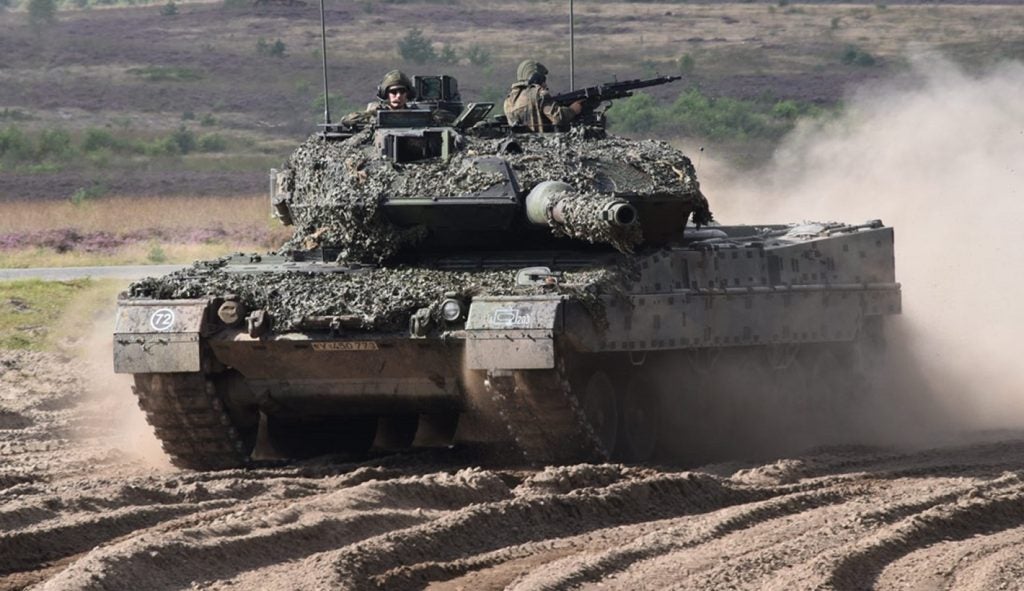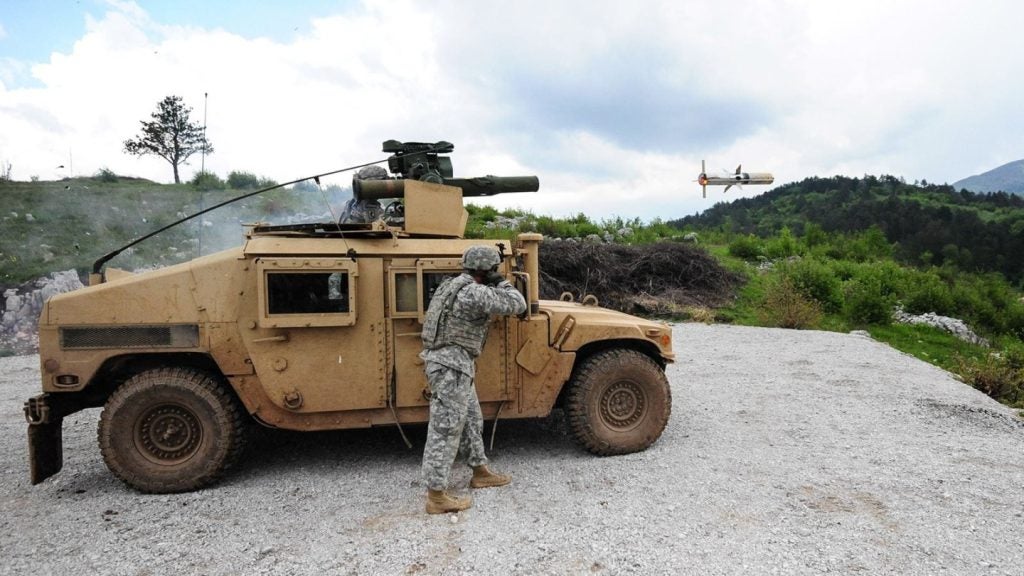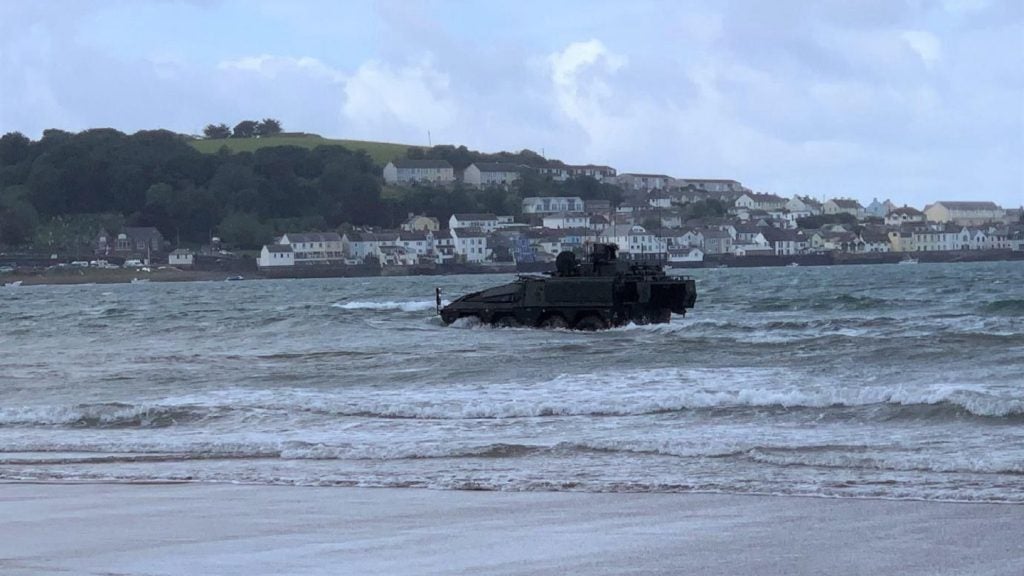
Ducommun has been awarded a follow-on contract for the supply of complex wiring harnesses and printed circuit card assemblies for the BGM-71 tube-launched, optically tracked wireless-guided (TOW) weapon system.
Awarded by Raytheon, the contract extends the company’s support of the programme through 2014.
Ducommun chairman and chief executive officer Anthony Reardon said that the company will provide US troops with the ruggedised electronics behind Raytheon’s next-generation TOW weapon system.
"We have a longstanding relationship with Raytheon on the TOW programme and look forward to serving them for many years to come," Reardon added.
The BGM-71 TOW is a long-range anti-tank missile designed to defeat explosive reactive armour, bunkers, fortifications and amphibious landing craft, particularly in complex urban environments.
Featuring multi-mission TOW 2A, TOW 2B, TOW 2B Aero and TOW bunker buster missile variants, the weapon is a command line-of-sight system requiring the user to track the target until the missile hits.
How well do you really know your competitors?
Access the most comprehensive Company Profiles on the market, powered by GlobalData. Save hours of research. Gain competitive edge.

Thank you!
Your download email will arrive shortly
Not ready to buy yet? Download a free sample
We are confident about the unique quality of our Company Profiles. However, we want you to make the most beneficial decision for your business, so we offer a free sample that you can download by submitting the below form
By GlobalDataThe missile can be launched from a range of ground systems, vehicles or helicopters, and is mounted onto the US army’s Stryker, Bradley M2/M3 infantry fighting vehicles (IFVs), improved target acquisition systems (ITAS) high-mobility multipurpose wheeled vehicle (HMMWV), light armoured vehicle-anti-tank, as well as the US Marine Corps’AH-1 Cobra helicopters.
Extensively used by US forces in every conflict since the Vietnam War, the missile is also the preferred heavy assault anti-armour weapon system for Nato, coalition and UN peacekeeping operations worldwide.
The weapon system is expected to remain in service with the US military beyond 2025.
Image: A US soldier aims a TOW missile system mounted on an M1045 Humvee during training at Yuma Proving Grounds in Arizona, US. Photo: US Marine Corps photo by Sgt. Benjamin R. Reynolds/Released.








